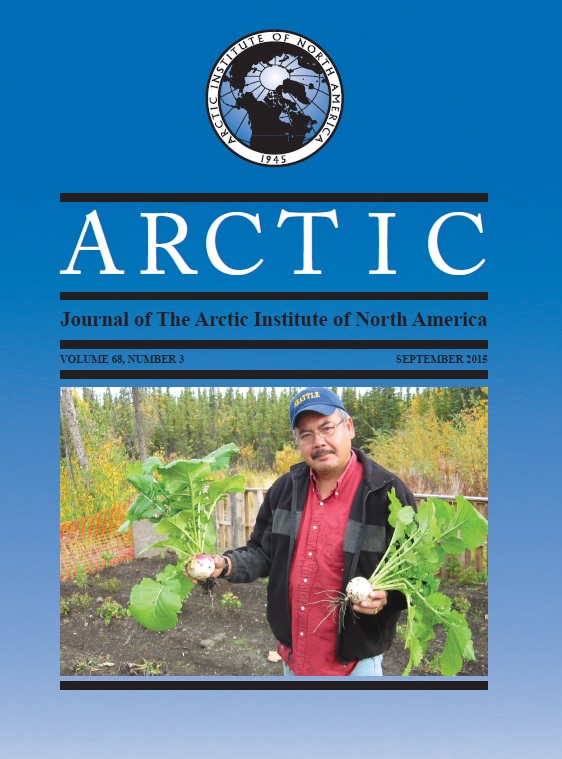Environmental Assessment in the Arctic: A Gap Analysis and Research Agenda
DOI:
https://doi.org/10.14430/arctic4501Keywords:
environmental assessment, Arctic environmental assessment, gap analysis, environmental assessment effectivenessAbstract
Environmental assessment (EA) is employed across the Arctic to assess, mitigate, and monitor the impacts of resource development. Despite the increasing pressures of resource development on Arctic communities and ecosystems and the growing demands for more efficient and effective EA processes, little is known about the needs and priorities of research that will help us to understand and improve EA and its relevance to Arctic communities. A gap analysis of EA research across eight Arctic nations, based on a review of the scholarly literature, government research and policy documents, and a questionnaire survey of Arctic EA scholars, addressed both project-based EA and strategic EA that focused on policy, planning, and regional assessment. Results indicate seven priority research themes: understanding community and stakeholder expectations about EA; assessing the efficiency and responsiveness of EA to rapidly changing socio-ecological and regulatory environments; examining the influence of EA on development decisions; addressing the capacity for meaningful engagement in EA; strengthening the relationship between EA and land-use planning and Arctic science programs; demonstrating the value of regional EA; and assessing the ability of EA to respond to the reality of climate change. These are not the only areas where further EA research is needed, but they are critical to the effectiveness of EA in the Arctic and to ensuring its relevance to Arctic communities.Downloads
Download data is not yet available.


